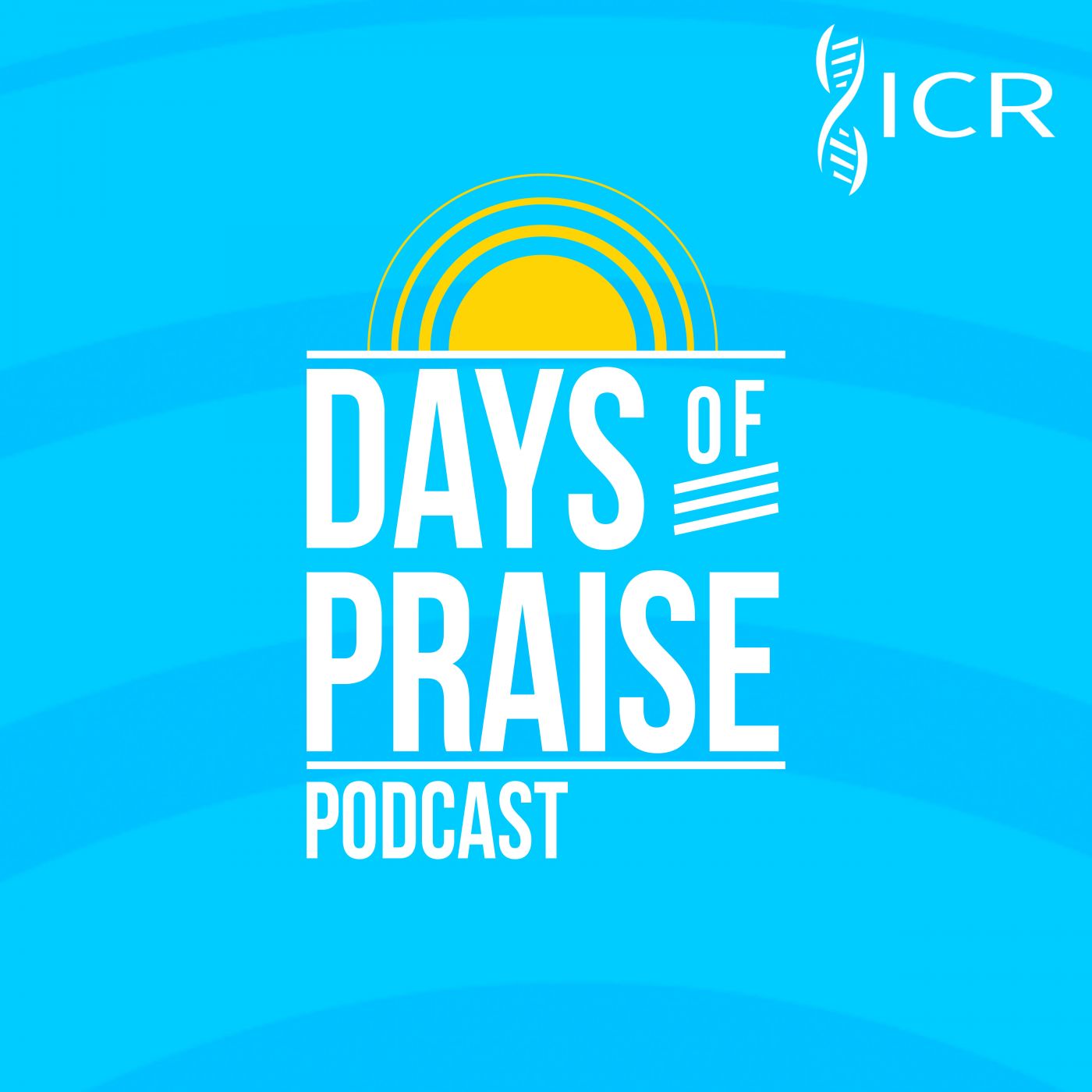“Ye also, as lively stones, are built up a spiritual house, an holy priesthood, to offer up spiritual sacrifices, acceptable to God by Jesus Christ.” (1 Peter 2:5)
Our text instructs us that we, as a corporate church and as individuals, are designed for the purpose of offering up acceptable sacrifices to God. These are not animal sacrifices as before but “spiritual” sacrifices made “acceptable to God by Jesus Christ.” What kinds of spiritual sacrifices are acceptable?
Prayer. An amazing scene is recorded for us in heaven, for an angel is seen at the altar offering up to God incense mingled with “the prayers of the saints” (Revelation 8:4, see also 5:8). Our prayers are precious to Him.
Giving. The use of our financial resources for the furtherance of His Kingdom becomes “an odour of a sweet smell, a sacrifice acceptable, wellpleasing to God” (Philippians 4:18).
Praise. In some way not fully comprehended by us, we can “offer the sacrifice of praise to God continually, that is, the fruit of our lips giving thanks to his name” (Hebrews 13:15).
Good work and sharing. “But to do good and to communicate [share] forget not: for with such sacrifices God is well pleased” (Hebrews 13:16). Remember, we are saved entirely by God’s grace but also created specifically unto good works (Ephesians 2:8-10).
Ourselves. We have a distinct privilege in that we may “present [our] bodies a living sacrifice, holy, acceptable unto God, which is [our] reasonable service” (Romans 12:1).
God is a magnificent God! He can be trusted with our prayers, our resources, our praise, our works, and our lives. His perfect sacrifice has made it possible for our sacrifices to be meaningful. JDM
 Days of Praise Podcast is a podcast based on the Institute for Creation Research quarterly print devotional, Days of Praise. Start your day with devotional readings written by Dr. Henry Morris, Dr. Henry Morris III, Dr. John Morris, and others to strengthen and encourage you in your Christian faith.
Days of Praise Podcast is a podcast based on the Institute for Creation Research quarterly print devotional, Days of Praise. Start your day with devotional readings written by Dr. Henry Morris, Dr. Henry Morris III, Dr. John Morris, and others to strengthen and encourage you in your Christian faith.






















